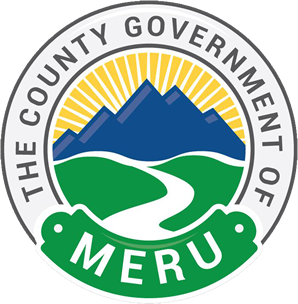
MERU COUNTY meru county
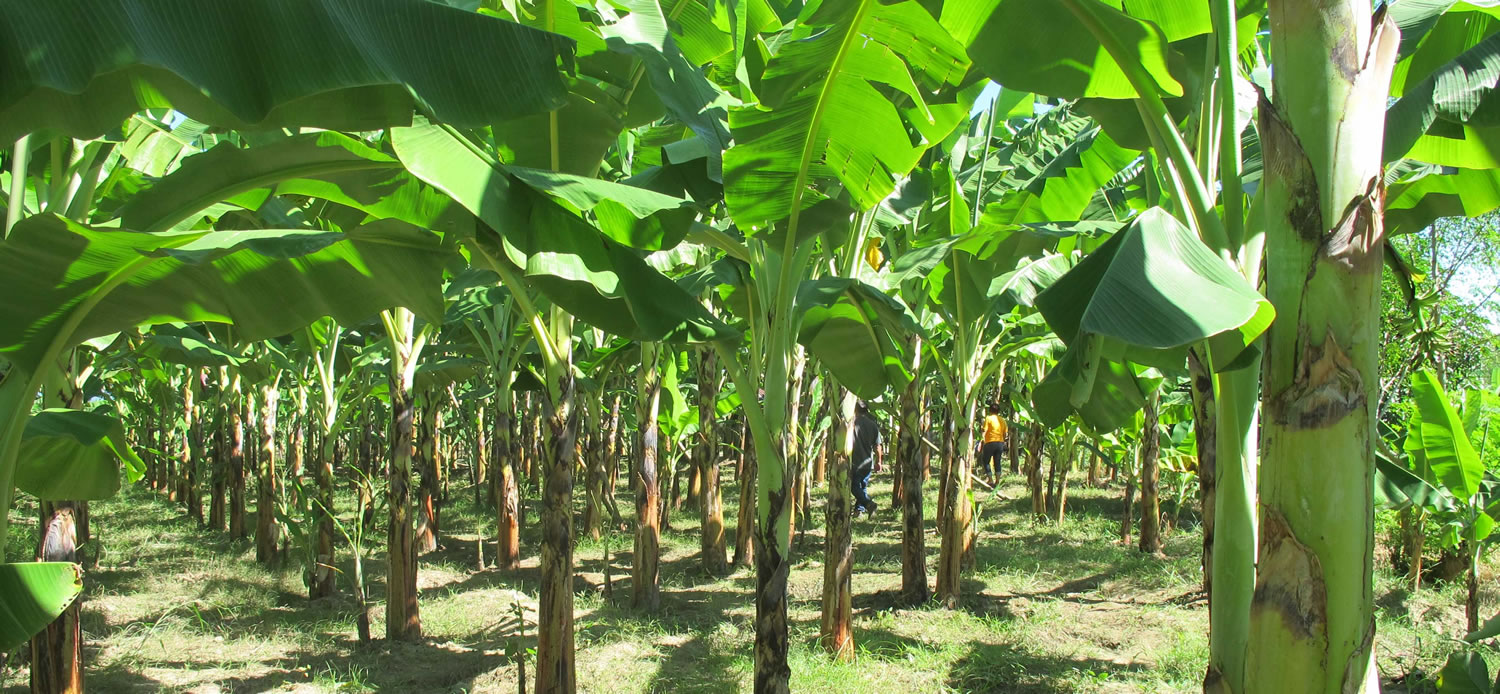
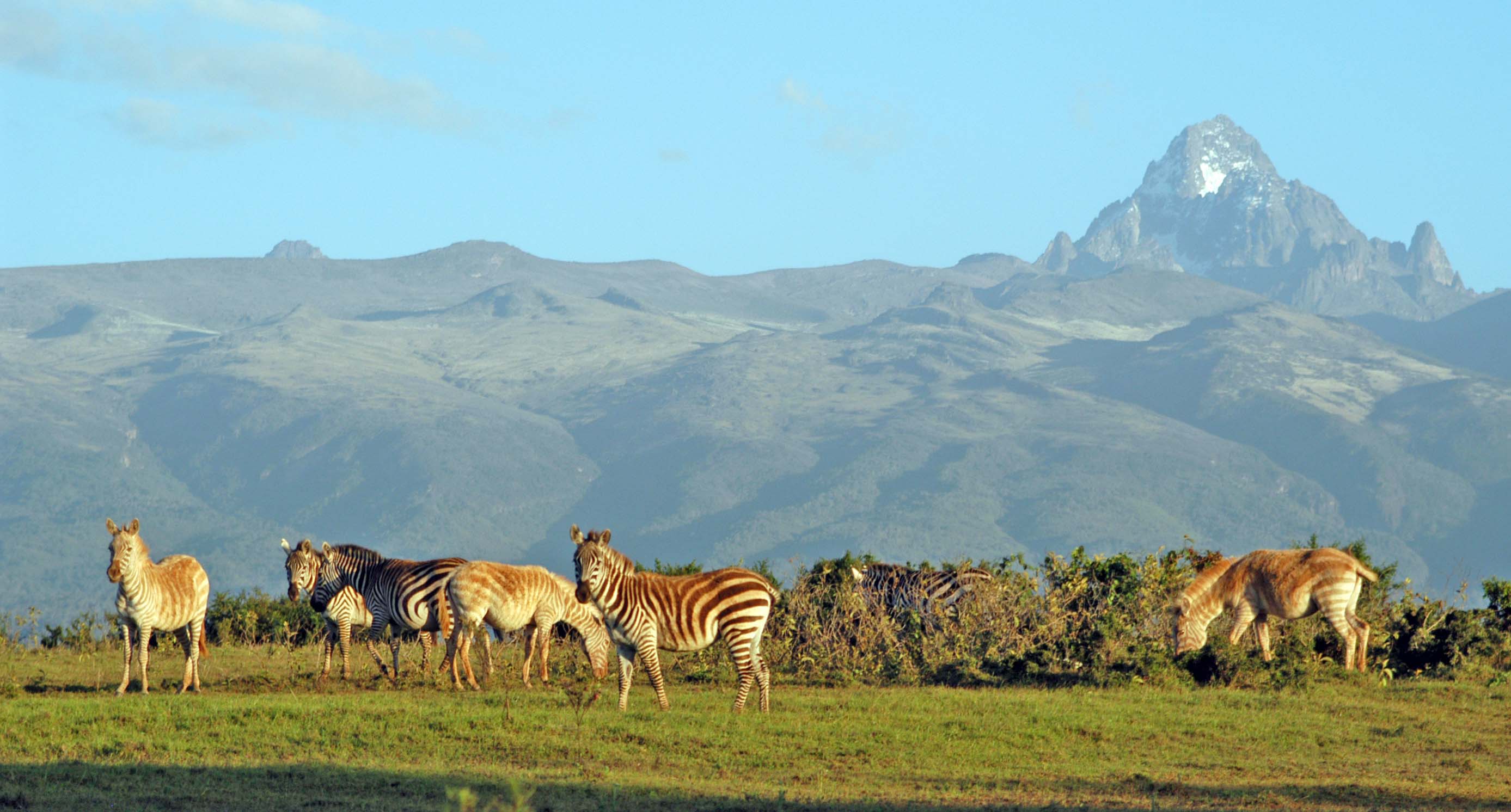
SIZE & LOCATION
Meru County is located on the Eastern side of the Mt Kenya covering 6,936 square kilometers. It is strategically placed bordering Isiolo County to the North, Tharaka County to the South West, Nyeri County to the South West and Laikipia County to the West. The county has a population of 1,356,301 million people.
VISION & MISSION
Vision
A Green United Prosperous Model County
Mission
To facilitate sustainable development and wealth creation in the County through commerce, technological innovations and industrialization that leverages on our skilled human resources, agriculture, wildlife, bio-diversity and cultural heritage
ADMINISTRATIVE AND POLITICAL UNITS
Meru county is subdivided into 10 sub-counties namely Buuri, Central Imenti, Igember Central, IgembeNorth, Igembe Couth, North Imenti, South Imenti, Tigania East and Tigania West. These sub-counties are further divided into 45 wards.
EDUCATION & LITERACY
The county is made up of 15 education divisions and zones. Staffing is inadequate for both teachers and education officers. Majority of the students are attending government institutions at the schooling levels except for professionals and vocational training where private institutions absorb most students.
Pre-School Education
There are 61,870 children enrolled in pre-primary schools in the county which constitutes 28,925 male and 32,945 female. This number is enrolled in the 813 ECD centres. The total number of ECD teachers is 1,202 making the teacher child ration to be 1:51. The average number of years of attendance for the pre-school education is two.
Primary Education
The county has 647 public primary schools with a total enrolment of 335,879 pupils and 5,520 teachers. The teacher pupil ratio is 1:60 which is higher than the recommended ratio of 1:40. This number of pupil in primary school is however higher than children aged 6-13 years which stand at 298,025. This is may be attributed to many children joining schools when they are older and others joining from neighbouring counties. Introduction of CDF has resulted to growth in the number of schools and also improvement of school infrastructure.
Literacy
The county rate of literacy stood at 53 per cent in 2012, with the sex ratio being male 40 per cent and 60 per cent female. This implies that girl child campaign has resulted in imbalances in enrolment and completion rates for boys and girls. To improve the literacy rate, 74 adult learning centres have been established with 910 learners and 312 teachers. There are however more female learners than male as the enrolment is 345 males and 565 females.
Secondary Education
There 192 public secondary schools in the county which absorbs students from both public and private primary schools. These schools have a total enrolment of 54,682 students against 1,825 teachers. The proportion of those enrolled in secondary school is however low compared to the population aged 14-17 years as only 45 per cent are in school. The number of male in secondary school stand at 25,625 which is lower than that of girls whose number is 29,057. The low number of boys could be attributed to a combination of factors in the county.
Tertiary Education
There are three public universities, three private universities, two teachers training colleges and various tertiary colleges offering post secondary education. In addition there are several youth polytechnics involved mainly in training on life skills such as masonry, welding, tailoring and carpentry.
INDUSTRIES & MINING
The county has a number of factories which add value to agricultural products. These are mainly owned by the various tea and coffee cooperatives societies. There are also factories processing livestock products such as milk, owned by farmer’s cooperatives. There are other factories in the county producing bread and animal feeds. These are in small scale and mainly found in Meru town.
Mining is the exploration and extraction of valuable minerals or other geological materials from the earth for economic interest to the miner. In the county this economic activity has not been fully exploited.
Ongoing activities
The major mining activities include production of building stones and ballast in small quantities in areas of Imenti Central and Imenti South.
Mining potentials
The county’s potential for mining is low given that the area is largely agricultural. Mining potential has not been exploited and a research to explore any mining potential may be conducted to indicate potentials in the county.
INFRUSTRUCTURE & RESOURCES
The county infrastructure comprises of road network, airstrips, electricity, telecommunication, financial institutions, education facilities, health facilities, markets and housing.
Road Network, Airports and Airstrips
The county is well served with road network with majority of areas been accessible during the dry season. The county has 1,259.9 km of road network of which 225.7km is bitumen, 266.7 km gravel and 767.5 km of earth surface. However during the rainy seasons, some sections of gravel and earth surface roads are impassable. The major tarmac roads in the county includes: Embu-Meru -Maua; Meru - Nanyuki; Meru - Mikinduri; Meru- Githogo; and Meru-Ruiri -Isiolo roads. The county is served by one airstrip; Gaitu airstrip in Meru Central which has been improved to serve more flights.
Posts and Telecommunications: Post Offices, Mobile telephony, and Fixed Lines
There are six post offices and four sub-post offices with numerous registered stamp vendors in the county. The six post offices are in Meru, Maua, Nkubu, Timau, Muthara and Laare towns which offer mail services and parcel delivery among other services. Most private and public organisations have embraced ICT in the day to day operations. Private entrepreneurs have continued to set up cyber cafes in major towns and trading centres due to high demand for internet services among others. Most of the areas in the county are covered by mobile phone network with the coverage being 95per cent. Areas without mobile network coverage are mainly areas of Tigania bordering Isiolo. Most of the community members rely on radio, Television and Newspapers as the major sources of information.
FINANCIAL INSTITUTIONS: BANKS, SACCOS & MICRO FINANCE INSTITUTIONS
The county has high agricultural potential which has attracted various commercial banks and other financial institutions. There are sixteen commercial banks, eight microfinance institutions, four village banks and a number of SACCOs. The strong presence of the various financial institutions indicates that the county has high potential for commercial services. The major commercial banks include Kenya Commercial Bank, National Bank of Kenya, Barclays Bank, Equity Bank, Cooperative Bank and Standard Chartered Bank. The various micro-finance institutions provide credit facilities to the small-scale enterprises. These include Small and Medium Enterprises Program (SMEP), Kenya Women Finance Trust (KWFT), Faulu Kenya among others. The Central Bank of Kenya has a currency centre in Meru town which acts as a banker to the commercial banks operating in the county.
Major insurance firms operating in the county includes APA Insurance, UAP Insurance, CIC Insurance among others. There are several SACCOs whose membership range from farmers to salaried employees such YETU Sacco, Meru farmers Sacco, Meru Teachers Sacco among other which offer credit to its members.
Education Institutions: Primary/Secondary Schools, Polytechnics, Colleges, Universities
There are 792 Early Childhood Development Centres (ECD), 647 primary schools and 192 secondary schools. The county has 15 education divisions and zones. The introduction of Constituency Development Fund has enabled the construction of various mixed day secondary schools. The University of Nairobi, Jomo Kenyatta University of Science and Technology, and Chuka University are the public universities with campuses within the county. Kenya Methodist University is the only fully pledged private university in the county. Other private universities such as Mount Kenya University and Nazarene University have campuses in the County. In addition there are two teacher training colleges namely Meru and Igoji Teachers Training Colleges. There are five technical institutes and various private colleges most of them offering training in ICT.
Figure 4: Antuanduru Primary School in Tigania East.
ENERYGY ACCESS (Main sources of energy, Electricity coverage etc)
The main source of energy for cooking by household is wood fuel and charcoal which accounts for 86.1 per cent and 6.6 per cent respectively. The number of household connected to electricity is 13.6 per cent; those using paraffin are 4.5 per cent, gas 2.4 per cent, biogas 0.1 per cent and solar 6.6 per cent. Major public and private institutions are connected to national grid but the major challenge for the county is how to connect the over 85 per cent households with electricity.
MARKETS & URBAN CENTRES
There are five main urban centres and forty nine trading centres in the county. Meru Town, Nkubu, Laare, Timau and Maua are the major urban centres. Meru town is the largest in the county. All the trading centres are agricultural markets with all centres having two market days per week.
Meru shares it border with five other counties; Isiolo to the North, Nyeri to the South West, Tharaka-Nithi to the South West and Laikipia to the West.
The origin of the word 'Meru' is believed to come from the Maasai people who referred to Tigania and Imenti forests as the Mieru forests or simply the Quiet Forests.
Maasais are also believed to have used the term Mieru to name any tribe which could not understand their Maa language.
The main people who live in Meru comprise sub tribes of the Ameru community. These include the Imenti, Tigania and Igembe sub-tribes. Besides Kiswahili and English, Ki-Meru is the ethnic language spoken by this community.
Others who reside here is a significant percentage of Ameru cousins in the GEMA grouping including Kikuyu, Embu and Kamba. However, Merus of Kenya are not the same as the Meru people of Tanzania. There are also Borana, Somali, Asian and a few Caucasian whites who have made the county home. Most of these other people are engaged in business or employed in the various sub-sectors in the region.
Culturally, the Ameru believed in an ancestral god called Murungu or Arega Kuthera. There was deep reverence for the spirit of the living dead. Ameru believed in offering sacrifices to their dead ancestors. The divine leader of the Ameru was called the Mugwe. These were respected persons who made sacrifices and performed healing on behalf of the tribe. However, with the arrival of Christianity, the cultural rites and functions have become obsolete.
The diverse cultures and heritage among the Meru community are another form of tourist attraction such as conservation of traditional worship places by the ‘Nchuri Ncheke’ elders.
Meru County is mainly a Christian stronghold. Although there are Catholics, Presbyterian and Anglican faithfuls, the Methodist church commands the largest following in this region, with Muslims and Hindus most of whom live around Meru town comprising the smallest religious group.
Hon. Kiraitu Murungi
Deputy Governor Titus Ntuchiu
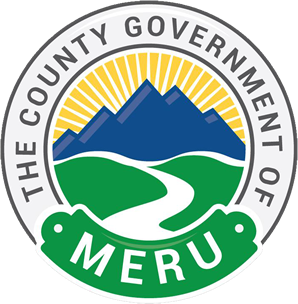
Hon. Kiraitu Murungi
A humble Family
Man Kiraitu Murungi was born during the start of the Mau Mau struggle in 1952 and grew up in great. Read More
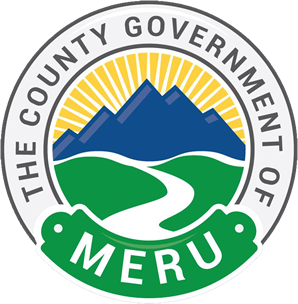
AGRICULTURE, LIVESTOCK DEVELOPMENT & FISHERIES HEADS OF DEPARTMENT Severino Kinge Manene CO- AGRICULTURE, LIVESTOCK DEVELOPMENT & FISHERIES VISION, MISSION & OBJECTIVES Overall Vision: An Innovative,. Read More
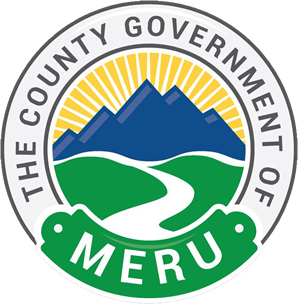
To see all available tenders in Meru County,. Read More
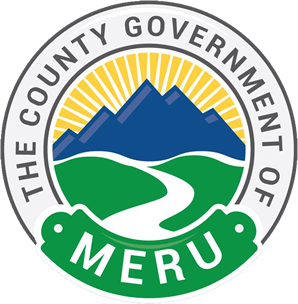
To see investment opportunities in Meru County,. Read More
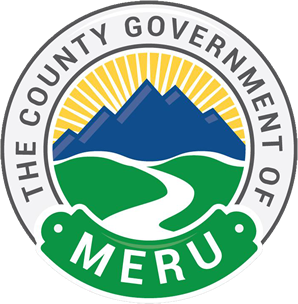
http://meru.go.ke/content.php?com=3&com2=22&com3=

To see all news upate in Meru County,. Read More
